
Vietnam - an attractive destination in post-pandemic period: Foreign journalist
The UK journalist pointed out 10 reasons why international travelers should head to Vietnam in the post-pandemic period.
A rich ethnic mix
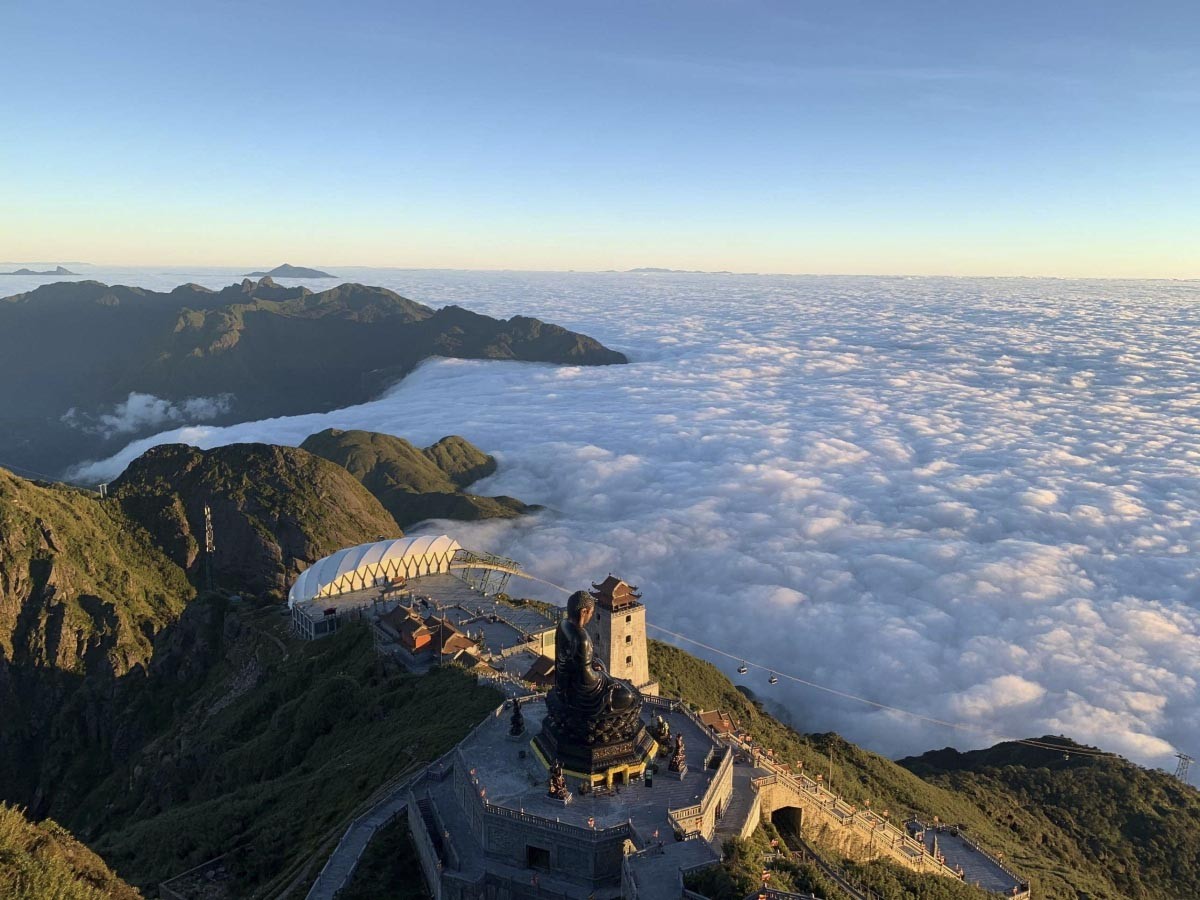 |
| Sa Pa, a famous tourist attraction in the northern mountainous province of Lao Cai. (Photo: nzherald.co.nz) |
There are 54 ethnic groups which reside in the nation, making it the most complex culture in Southeast Asia. Vietnamese is the biggest ethnic group, comprising 86% of the population, whilst the others tend to live on the margins of society and choose to lead simple rural lives which are characterised by their distinct dwellings and unique ways of dressing. Ancestor and spirit worship is common among these communities. Sa Pa in the northern hills is a popular base for tourists wishing to visit minority markets and villages, as well as trekking in the mountains. The province of Ha Giang, further to the northeast, is less developed with an even richer mix of minorities.
The article suggests that tourists pay a visit to the excellent Vietnam Museum of Ethnology in Hanoi to get a good grounding of the nation’s rich ethnic mix.
Paradise island
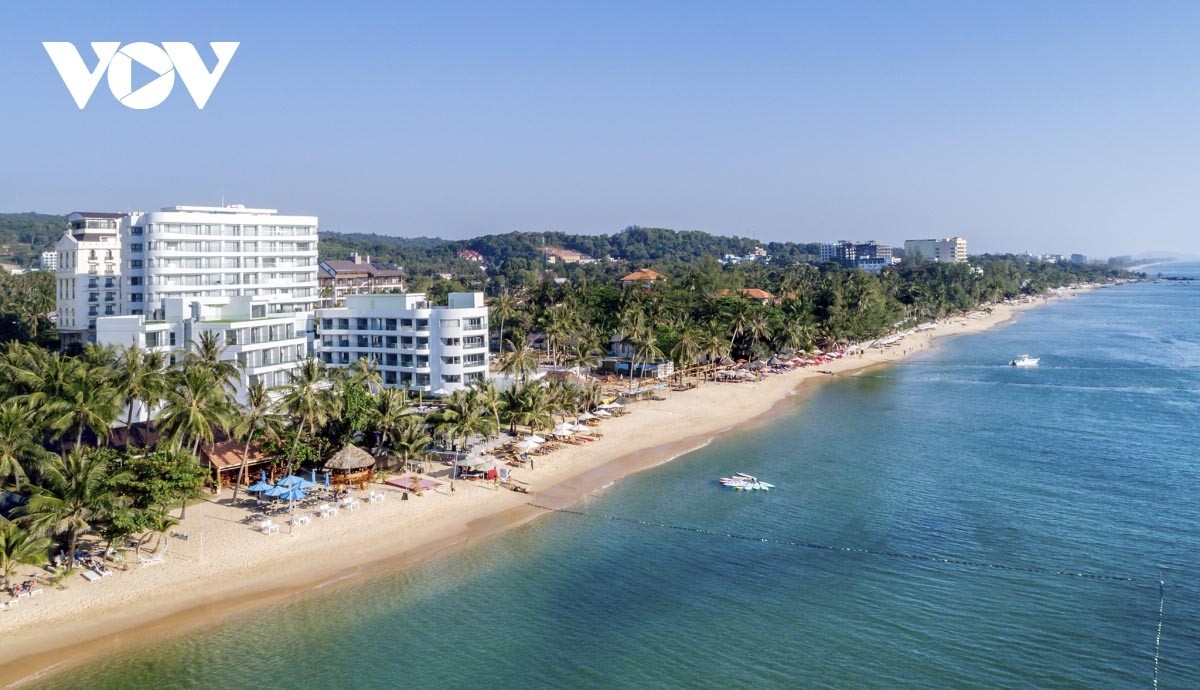 |
| Phu Quoc island city in the southern province of Kien Giang. (Photo: VOV) |
Phu Quoc, a Vietnamese resort island situated off of Cambodia, was largely undeveloped and unknown roughly 20 years ago. However, things have moved apace and it is now become a mainstream destination which features a sophisticated infrastructure of hotels, restaurants, and activities, including snorkeling, scuba diving, and the ability to hire a motorbike to explore the forested and hilly interior.
Fortunately, its essential charms remain intact, such as its glorious white-sand beaches, especially on the west coast, warm seas, spectacular sunsets, and its laid-back charm. Down in the far south, the five-mile cable-car ride to Hon Thom, also known as Pineapple Island, with dramatic views of the archipelago, is claimed to be the longest such sea ride anywhere in the world.
Ha Long Bay
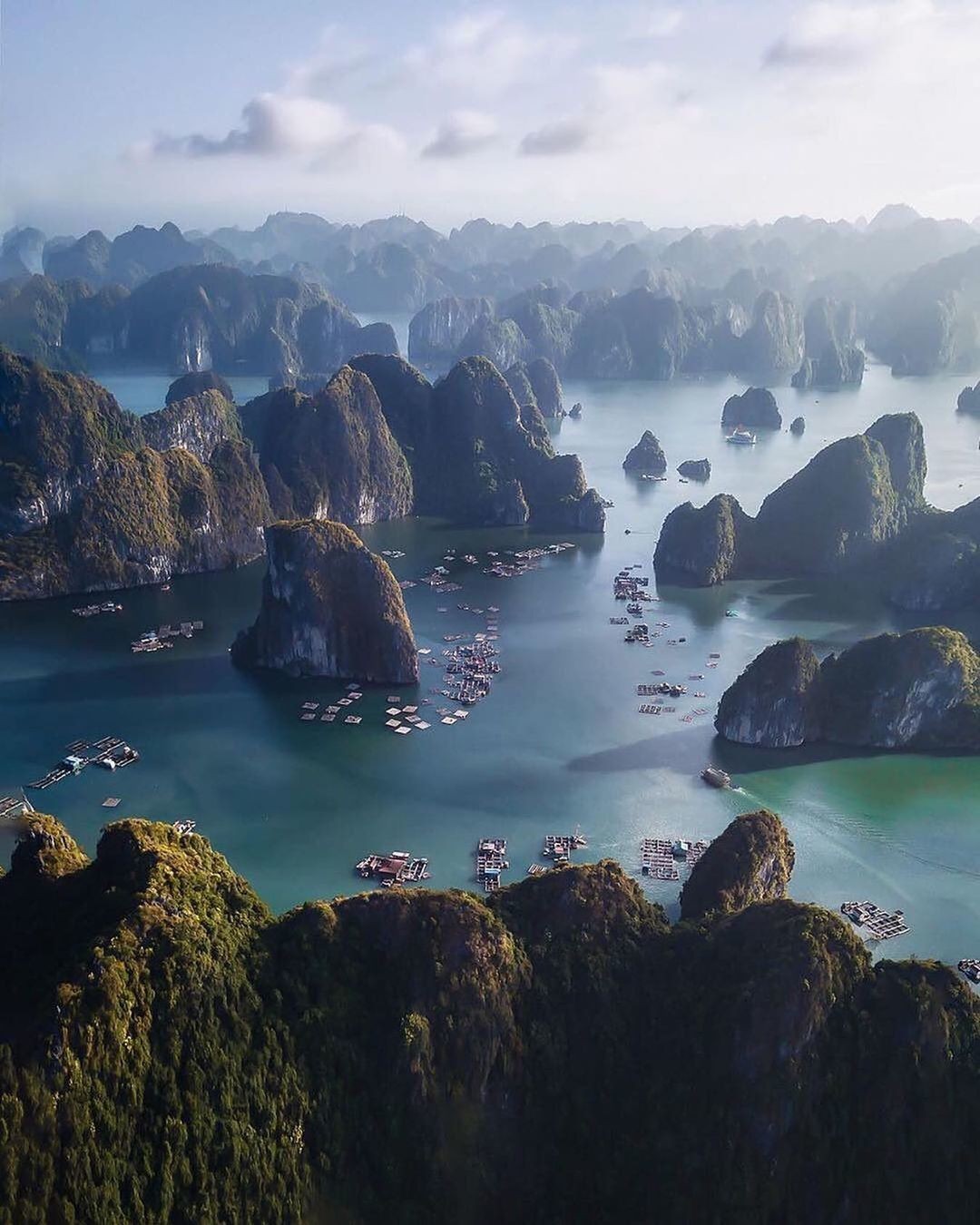 |
| A must trip to the renowned Ha Long Bay is essential. (Photo: @ali_olfat/Instagram) |
Despite being a cliché, a must trip to the renowned Ha Long Bay is essential, as long as travelers plan the trip with care. If one can afford it, the article suggests booking a berth on a small luxury boat and heading east to the Bai Tu Long islands to beat the pack of daily boats. Here, guests can explore the floating village of Cua Van, swim off uninhabited islands, and enjoy exceptional levels of service and food on board.
Hanoi
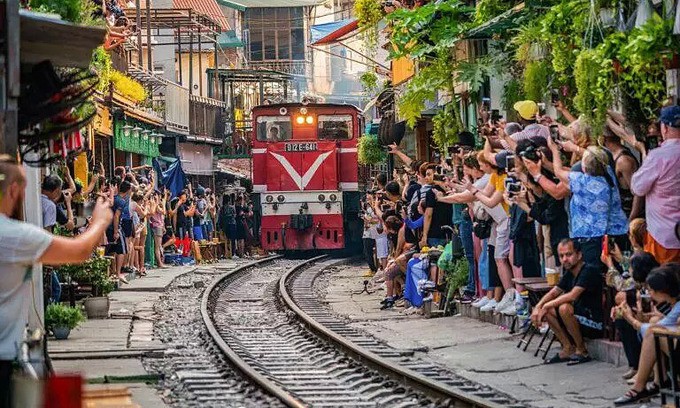 |
| Foreign tourists use their smartphone to capture the moment when the train passes by a residential area in Hanoi. (Photo: Shutterstock) |
The landmarks of the nation’s cheerfully chaotic capital are key to understanding modern-day Vietnam. A travelers budget may not extend to the elegant Sofitel Metropole, one of the world's great colonial-era hotels, but dropping in for lunch or tea is always an option.
This takes you to the heart of the French quarter with its neoclassical opera house, but also within strolling distance of peaceful Hoan Kiem Lake in the centre, and just to the north sits the bustling old quarter. Out in the west of the capital is the Confucian Temple of Literature, a complex of botanical gardens, the Presidential Palace, Ho Chi Minh's Mausoleum, the site where his body lies in state, and Uncle Ho's actual house reflecting the nation’s momentous history. Around this area tourists can fuel up on the delicious street food as they go.
Hoi An
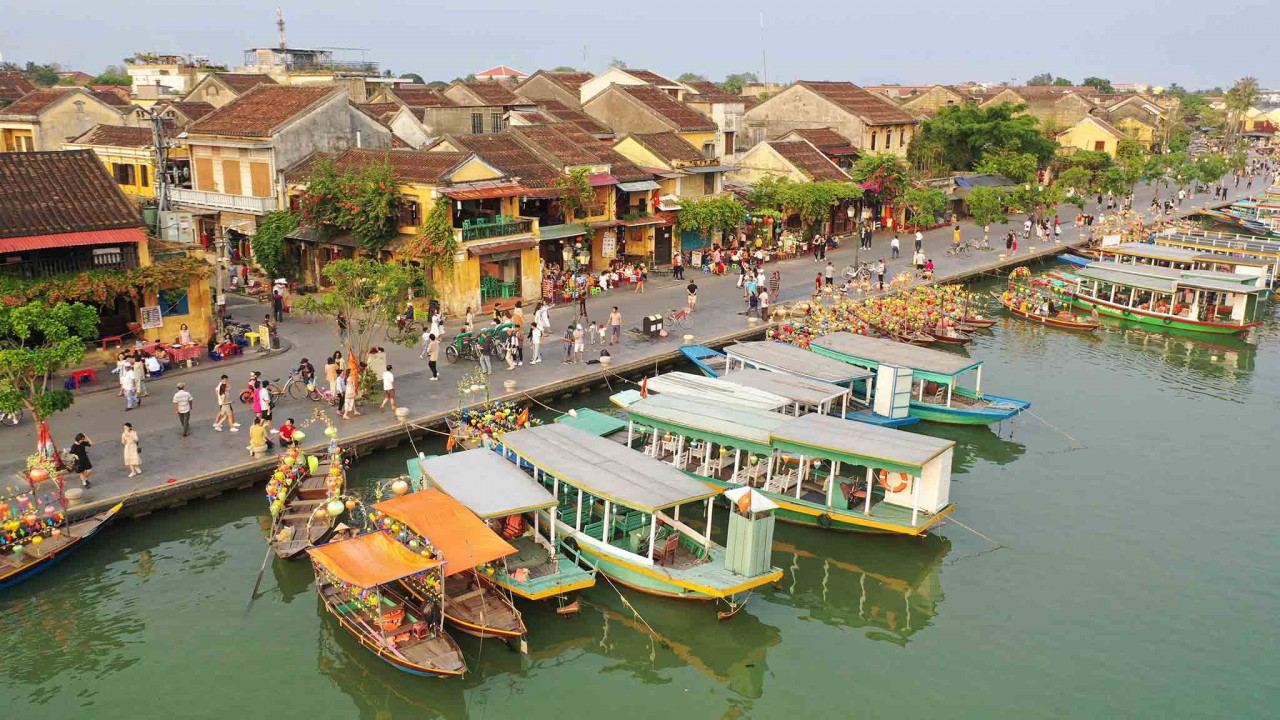 |
| The ancient town of Hoi An in the central province of Quang Nam. (Photo: Ngoc Thanh) |
Similar to a miniature Venice, this former trading port on the Thu Bon river pulls off the unlikely feat of being a shameless tourist trap whilst simultaneously being a timeless romantic getaway. This is most successfully maintained at night when the streets are strung with paper lanterns and the old wooden houses of traders are packed with groups of diners and drinkers. Daytime is for bicycle tours of the irrigated countryside nearby, whilst other activities include a lazy day on Cua Dai Beach or an excursion to the evocative ruins of My Son, a Hindu temple site of the Cham kingdom dating back to the fourth century.
Cat Tien National Park
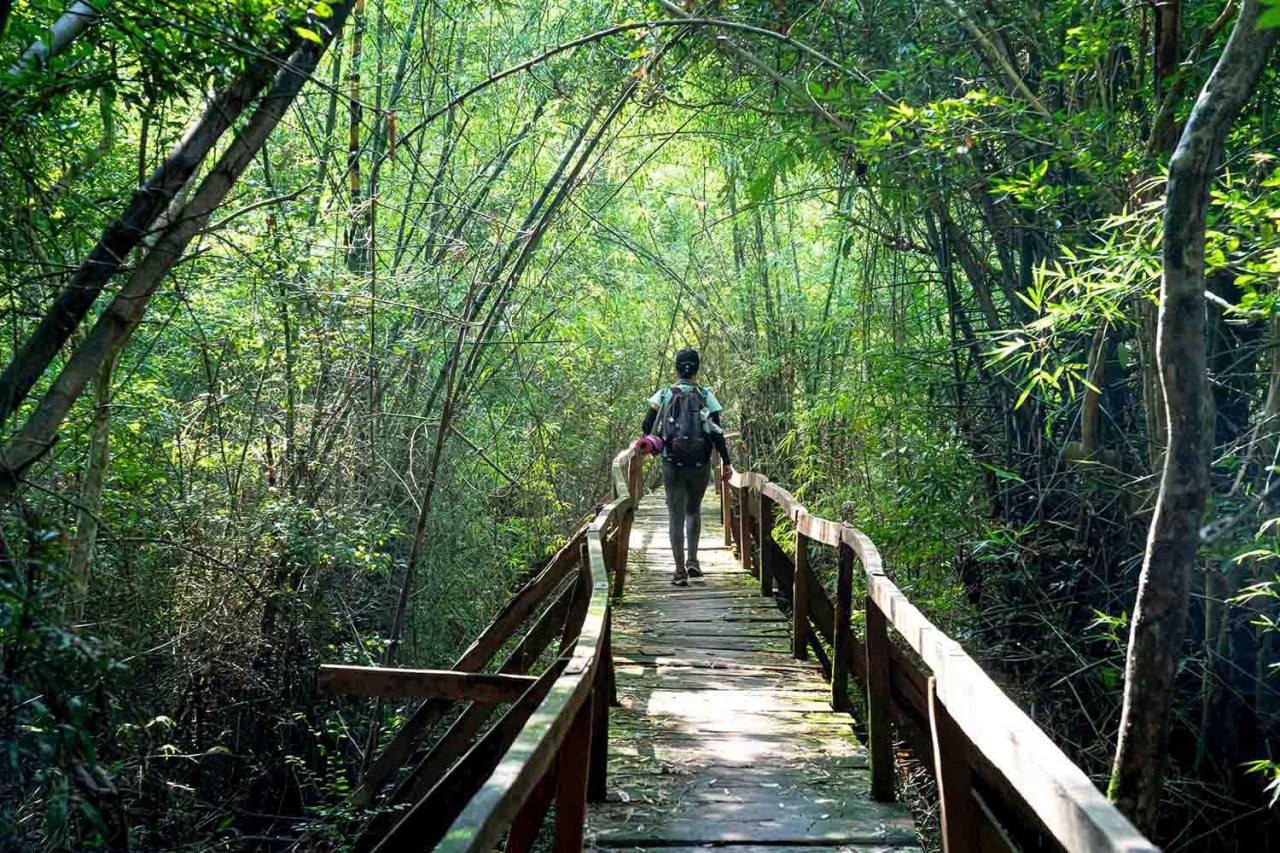 |
| A tree-lined walkway in Cat Tien National Park 1. (Photo: Nguyen Quang Vinh) |
Tigers once roamed throughout the country’s lush rainforests back when it was rich in fauna. These habitats were largely destroyed during periods of conflict and that process has been continued by logging and the planting of cash crops. However, Cat Tien, located 80 miles north of Ho Chi Minh City, provides 275 square miles of tropical rainforest that protects several persecuted mammal species, including elephants, civets, and tiny mouse deer. It is also home to 350 bird species, making it one of the finest bird-watching sites in Southeast Asia. An antidote to the hustle and bustle found in Ho Chi Minh City.
Ho Chi Minh City
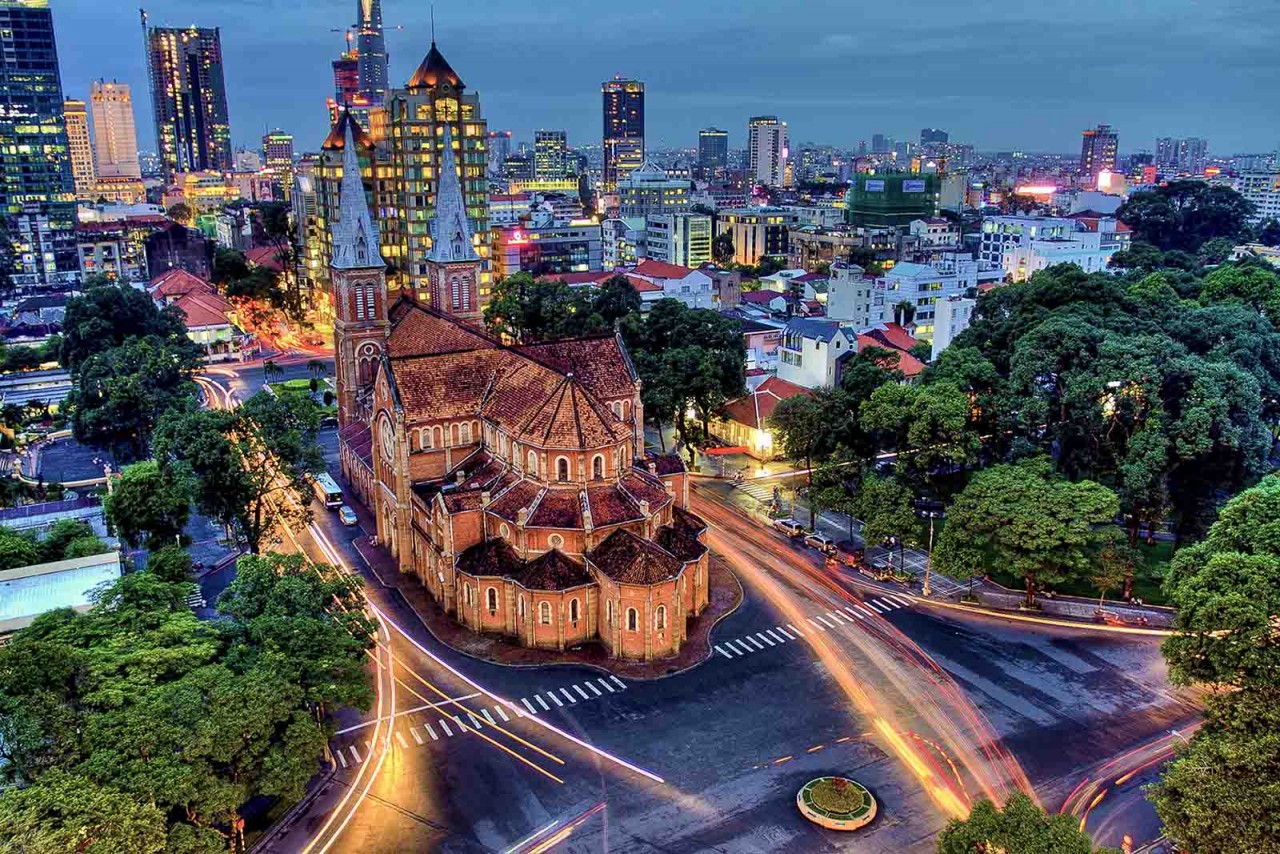 |
| The most popular neighborhoods in Ho Chi Minh City are an inviting blend of old Saigonese style and modern adaptations. (Photo: Getty Images) |
Brash, frenetic, and vertical, the city formerly known as Saigon may not be the country's political capital, but the southern metropolis is teeming with busy streets and chaotic, non-stop traffic which is where the pulse of modern Vietnam beats. The War Remnants Museum, a monument dedicated to the horrors of war, is a sobering reminder of how far the nation has come over the past half-century. Otherwise, the best way of experience in the city is to immerse yourself in the various streets and hidden alleyways on foot, tourists must be both brave and bold at crossings, or by xe om, motorbike taxi. Highlights include Ben Thanh Market and Cho Lon, the city’s sprawling Chinatown.
War and Peace
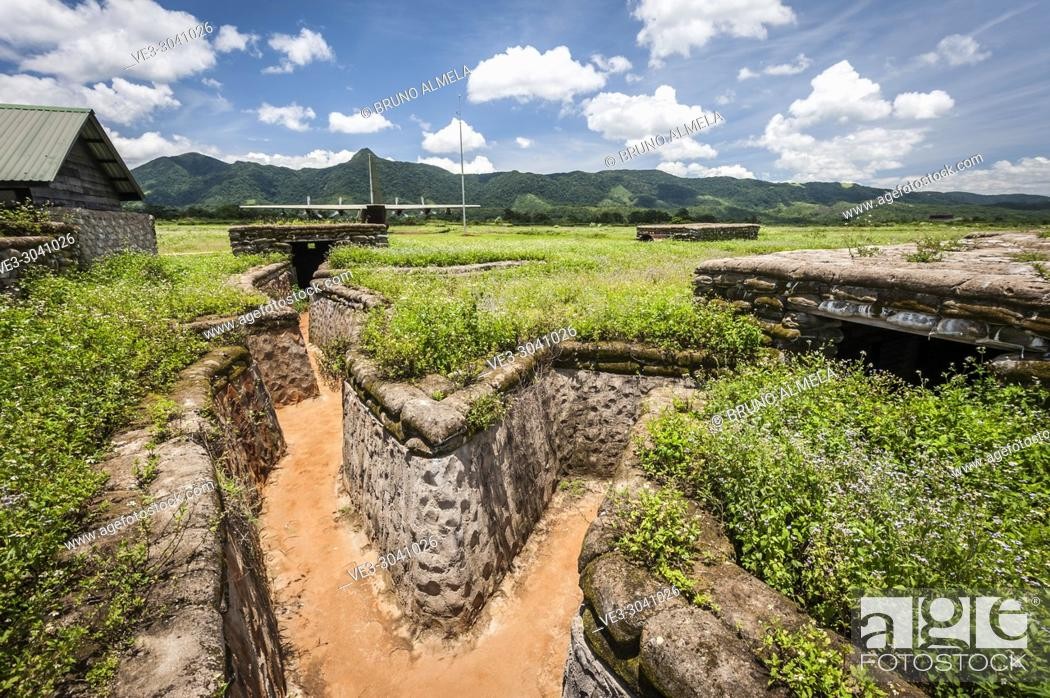 |
| Bunkers and trenchs in Khe Sanh combat base (DMZ, Quan Tri province, Vietnam). (Photo: agefotostock) |
The majority of tourist itineraries take in the Cu Chi tunnels, where the Viet Cong hid during the war, and the site is a day trip north of Ho Chi Minh City. However, due to its popularity it can be a dispiriting conveyor-belt experience. A far more meaningful experience is for guests to head north on a day trip from Hue to Khe Sanh, a US base besieged in 1968, and on to the Demilitarised Zone (DMZ) and the fishing community of Vinh Moc. During the war, the village dug itself into the earth as it sought to avoid US bombardment. Here, two thousand yards of tunnels are accessible to visitors.
Mekong Delta
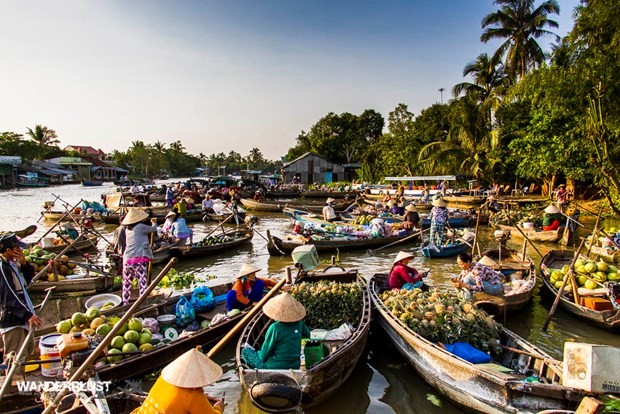 |
| A floating market in Mekong Delta region. (Photo: wanderlust.com) |
With plans for a vast theme park in the Delta known as "Happyland" abandoned, the charms of these watery flatlands remain as simple life on the great river itself, with sites such as floating markets and rich agricultural land easily discovered. Day trips are available from Ho Chi Minh City, whisking you down on new highways and bridges made for boat tours, although guests can enjoy a better experience by lingering a day or two to get into the rhythm, either on a short cruise or a homestay in the settlement of Vinh Long.
Blissful retreat
 |
| The 16-island archipelago Con Dao is one of the emerging tourist destinations on Vietnam's tourism map. (Photo: Shutterstock) |
The Con Dao archipelago is a cluster of 16 small islands lying off the country’s southern coast and is similar to how Phu Quoc was a decade ago. Only one island, Con Son, is inhabited. It had previously used to be a penal colony in the colonial period, but today's incomers enjoy some superb beaches, scuba diving, inland trekking, and bird-watching. The tiny island town boasting its French colonial buildings, is delightfully laid-back and there is an increasing range of accommodation available, including the ultra-luxe Six Senses spa resort.






